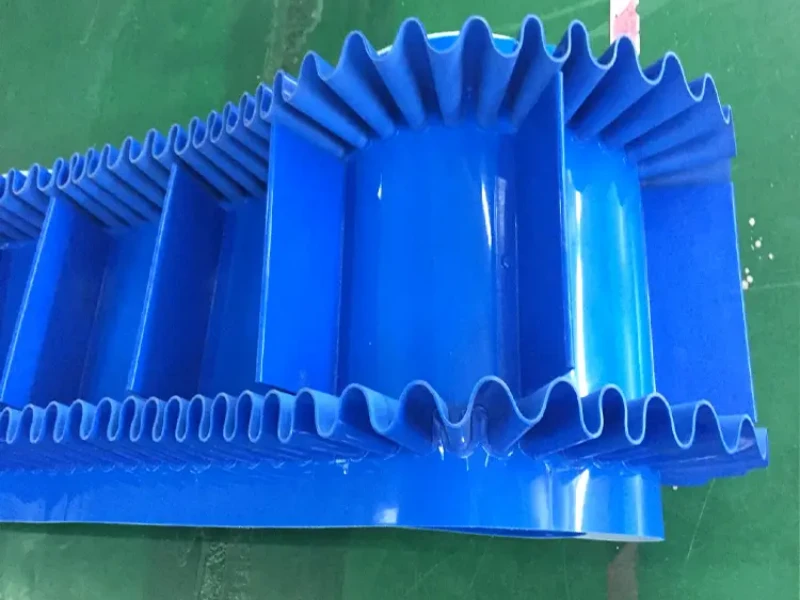
What are The Different Types of PU Belts?
Polyurethane (PU) belts are versatile and widely used in various industries due to their durability, flexibility, and resistance to wear and chemicals. There are several types of PU belts, each designed for specific applications. Here are some of the different types:
1. Flat Belts
- Standard Flat Belts: Used for general conveying applications, these belts have a smooth surface and are suitable for transporting lightweight to medium-weight materials.
- Textured Flat Belts: These belts have a textured surface to provide additional grip for inclined or declined conveyors.
2. Timing Belts
- Classical Timing Belts: These belts have teeth that mesh with the pulleys to provide positive drive and precise timing, commonly used in synchronous applications.
- High Torque Drive (HTD) Timing Belts: Designed for high-torque applications, these belts have deeper and more rounded teeth for better power transmission.
- Double-Sided Timing Belts: Featuring teeth on both sides, these belts can drive multiple pulleys in opposite directions.
3. Round Belts
- Standard Round Belts: Circular in cross-section, these belts are commonly used in low-torque applications and can be spliced to any length.
- Reinforced Round Belts: These belts contain reinforcements like polyester or steel to enhance their strength and durability for more demanding applications.
4. V-Belts
- Classical V-Belts: These belts have a trapezoidal cross-section and are used in a wide range of power transmission applications.
- Narrow V-Belts: Designed to transmit more power in a smaller space, they have a narrower profile compared to classical V-belts.
5. Polyurethane Timing Belts with Steel or Kevlar Cords
- Steel-Cord Timing Belts: These belts have steel cords embedded in the polyurethane material for added strength and reduced stretch, suitable for high-load applications.
- Kevlar-Cord Timing Belts: Lighter than steel-cord belts, these belts offer high tensile strength and are ideal for applications requiring low weight and high performance.
6. Conveyor Belts
- Lightweight Conveyor Belts: Used for general-purpose conveying of small to medium-sized products, these belts are available in various surface textures and thicknesses.
- Food-Grade Conveyor Belts: Made from food-grade polyurethane, these belts meet FDA standards and are used in food processing and packaging applications.
- High-Temperature Conveyor Belts: Designed to withstand high temperatures, these belts are used in applications involving heat, such as baking or curing processes.
7. Specialty Belts
- Antistatic Belts: These belts are designed to prevent static buildup and are used in environments where static electricity could cause issues, such as electronics manufacturing.
- High Abrasion-Resistant Belts: Made with a more durable polyurethane compound, these belts are ideal for applications involving abrasive materials.
- Perforated Belts: These belts have perforations or holes that allow air or liquids to pass through, used in applications like drying or washing processes.
When selecting a PU belt for a specific application, it's important to consider factors such as load capacity, speed, environmental conditions (temperature, humidity, exposure to chemicals), and the type of material being conveyed. Consulting with a belt manufacturer or supplier can help ensure that you choose the most appropriate belt type for your needs.


Leave Me Your Requirement!